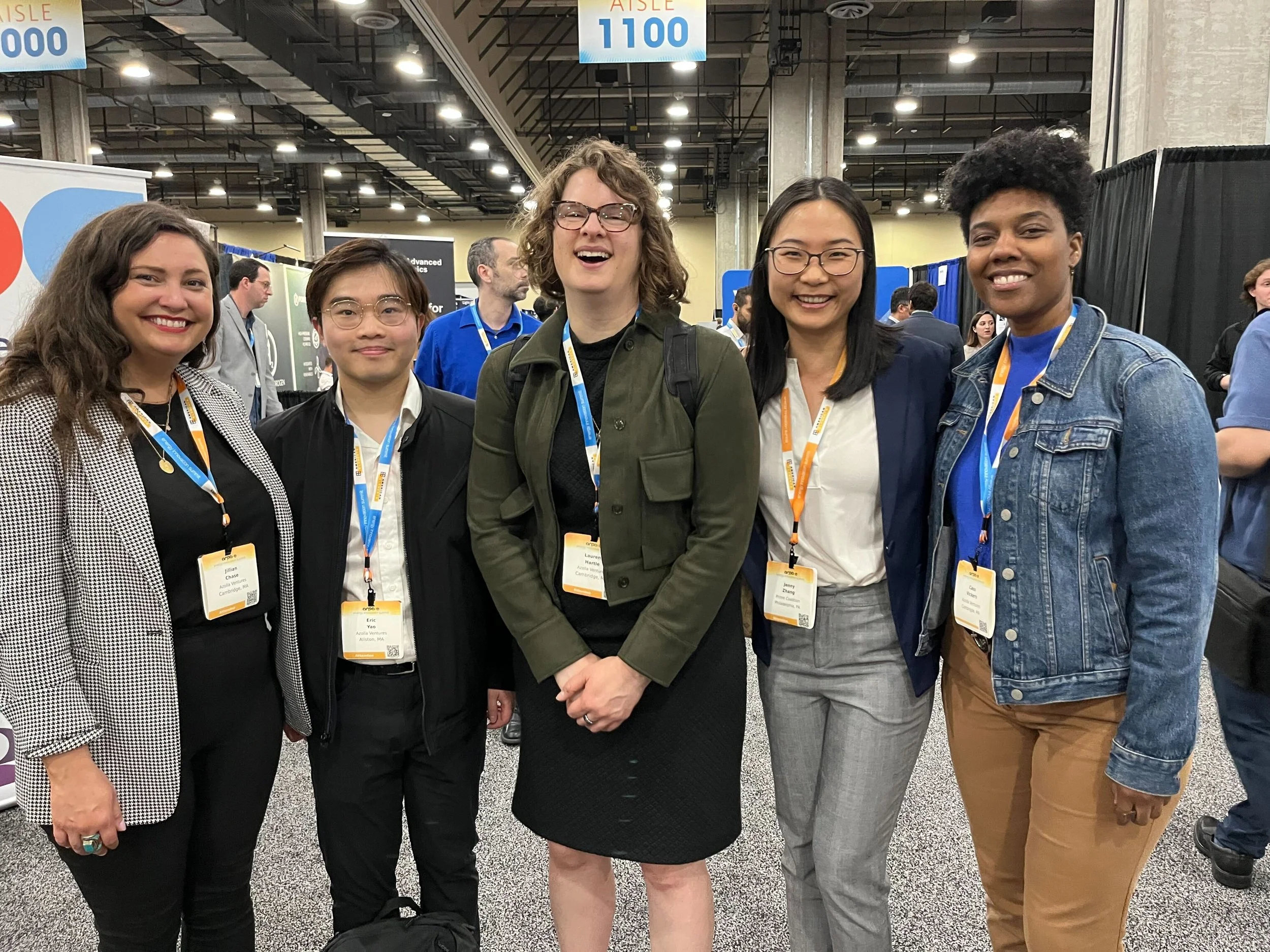Emily Lewis O’Brien from Trellis Climate Speaks at ARPA-E
This blog post was authored by Emily Lewis O'Brien, Principal at Trellis Climate.
A few weeks ago, I had the privilege of speaking at the 2024 ARPA-E Summit in Dallas, Texas. I joined a number of fellow catalytic capital providers for a panel called Bridging the Scale Gap with Concessionary Capital, including Raylene Yung (OCED DOE - government), Andrew Yi (Builder’s Vision - family office), Stephen Brown (Coalition for Green Capital - green banks), and moderator David Janashvili (CIBC Capital Markets). We each shared our investment strategies, catalytic capital definitions, and underwriting criteria; I was thrilled to describe the roll-out of Trellis Climate and our underwriting criteria–impact, additionality, and bridge to somewhere.
Bridging the Scale Gap with Concessionary Capital panel. From left to right: Emily Lewis O’Brien (Trellis Climate), Raylene Yung (OCED, DOE), Stephen Brown (CGC), Andrew Yi (Builder’s Vision), and moderator DJ Janashvili (CIBC).*
Some key takeaways from the panel are:
There’s not one single type of or approach to catalytic capital. Each organization demonstrated there’s a range of capital types (e.g., equity, debt, grants) and check sizes (tens of thousands to double digit millions of dollars) available for a range of projects.
Catalytic capital isn’t necessarily concessionary! Catalytic capital is typically risk-tolerant, but not necessarily offered at below market rate terms. One of the biggest misconceptions we discussed about catalytic capital is that it isn’t only grants.
Evaluation and accountability are key to high impact investments, which require robust measurement, reporting, and verification. While the panelists’ processes differed, all of our organizations stressed the importance of impact evaluation of our investments.
Catalytic capital provides an unique opportunity to ensure that communities are included in project decision-making. All the panelists described their organization’s commitments to equity in the project deployment process.
Beyond the panel, I enjoyed the rest of the conference with my colleague, Jenny Zhang, from the Prime Impact team, as well as some of the Azolla Ventures staff. Highlights for me included the Summit Roundtable, where participants provided input on a new ARPA-E concept under development, and the Demo Day event featuring 5-minute presentations from climate tech startup companies.
Jenny Zhang and Emily Lewis O’Brien outside the Technology Showcase*
Azolla and Prime staff at the Technology Showcase. From left to right: Jillian Chase (Azolla), Eric Yao (Azolla), Lauren Hartle (Azolla), Jenny Zhang (Prime), and Cass Vickers (Azolla).*
*Special thanks to Jenny Zhang for her contributions and photography in this blog post.



